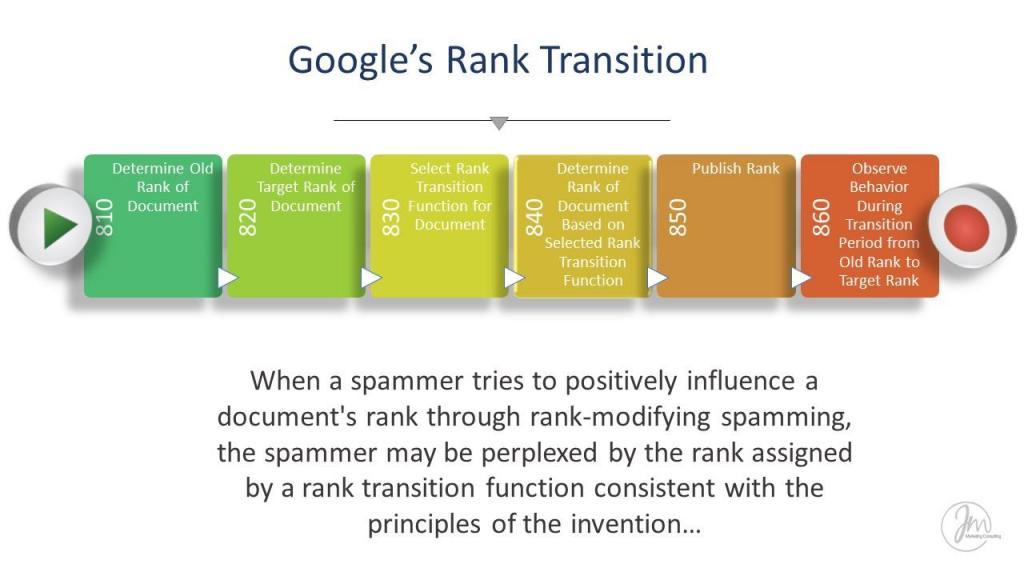Google is always on the lookout to provide the very best user experience for anyone looking for information, services, or products on the information highway. There are millions of business owners who understand the need to increase their knowledge of how to compete more effectively online. I wrote about this in my article on Search Engine Journal – What Is Rank Transition & What Does It Mean for SEO? As an SEO expert in Seattle, my mission is to help business owners and marketers better understand today’s rules of online engagement.
The creation of Google neural, Google’s neural matching algorithm, aims to generate more diverse search results for users. Google designed this AI technology to better understand language. The goal is to help return search results for what users really mean to convey, and not necessarily for what they ask for.
Demystifying Rank Transition
Google’s mission is to provide the very best user experience. Rank transition is a way to keep spammers confused as they make adjustments for higher rankings. As such, there may be a fine line in Google’s mind that separates spammers from adept online marketers. The goal of spammers is to direct your attention to their site at any cost.
Both spammers and dedicated SEO experts continually readjust their SEO efforts in an attempt to gain the best website ranking positions. As an SEO advisor, I work with clients to elevate their understanding of how ranking can occur in a natural and effective way. The trick is not to get penalized for obeying the algorithm’s rules.
How Rank Transition Works
When a person places content on their website, Google’s algorithm assigns a rank to the new content. If there is am additional change made to the content, Google’s algorithm assigns a second rank, and it is different from the first rank. A change in rank occurs every time a site owner or marketer changes something on a page.
The change in rank is not a random occurrence by Google’s algorithm as many would think. The ranking method appears to be random until a determined amount of time elapses, and site owners have not made additional page adjustments. Then, something becomes obvious if you have the proper understanding and awareness.
At 90 days, the website generally achieves a stable, average, ranking after optimization. We discover that it holds its rank with the least amount of fluctuation. What just happened? There is a waiting period that serves to separate the good marketers from those who try to force their way into higher rankings. This is why I stress to clients, as a Seattle SEO consultant, the importance of nailing everything down when new data, SEO, or social media campaigns initiate. This takes planning, knowledge, and a definite degree of patience for both the SEO expert and site owner.
Google’s AI, artificial intelligence, is getting better at determining the pros from the hackers. Thus, there is wisdom in partnering with professionals who study Google’s algorithm changes for a living. From your WordPress website setup, to implementing SEO/SEM campaigns and smart marketing analysis, our mission is to help you build an effective and compelling brand experience for your customers. Once established, we can help you replicate your successes over and over again.
Helping You to Better Understand the User Experience
We can help you to understand the nuances of why Google neural and their ranking transition algorithm were put into play. When communicating with clients, we listen, evaluate, and can recommend a comprehensive plan of action to boost awareness of their brand. We will keep sharing the fact that it is all about creating and maintaining a better user experience. Every action you take to advance your online presence should take this into account.










